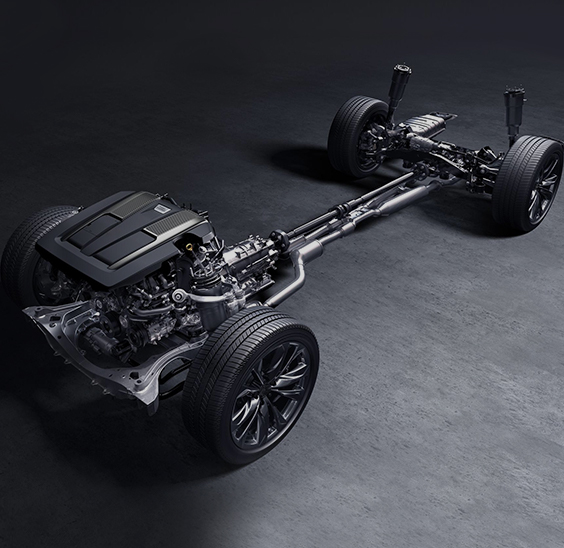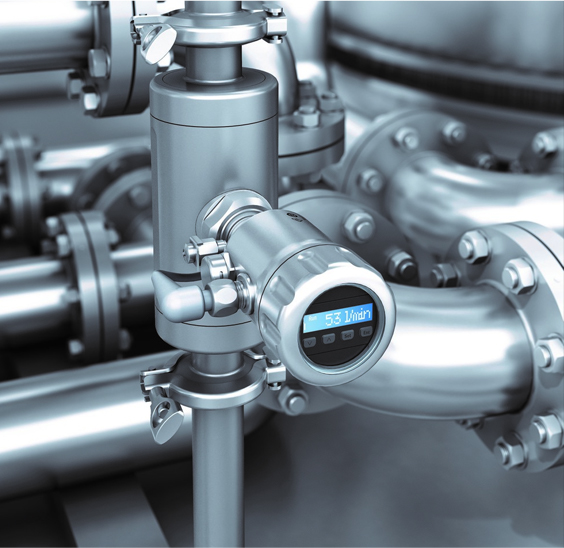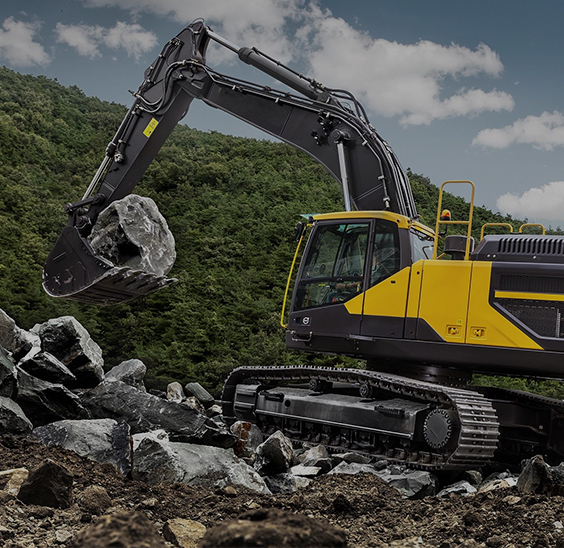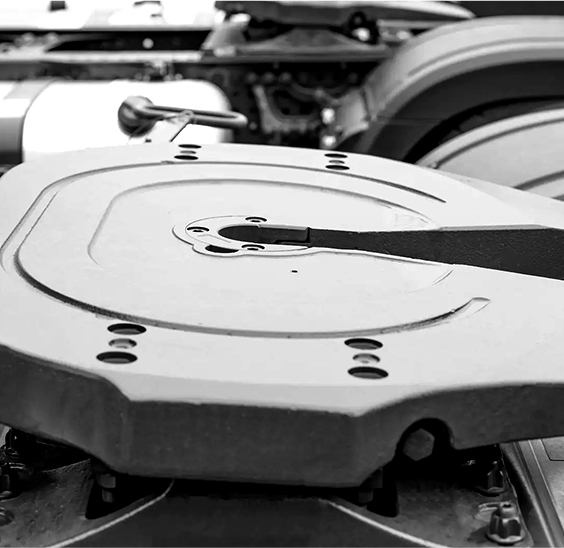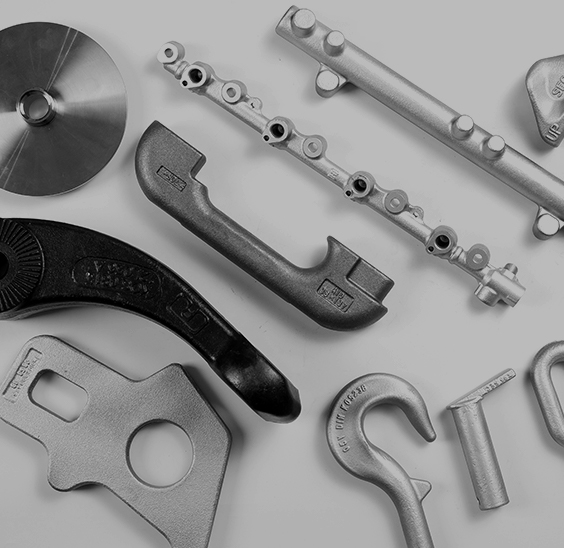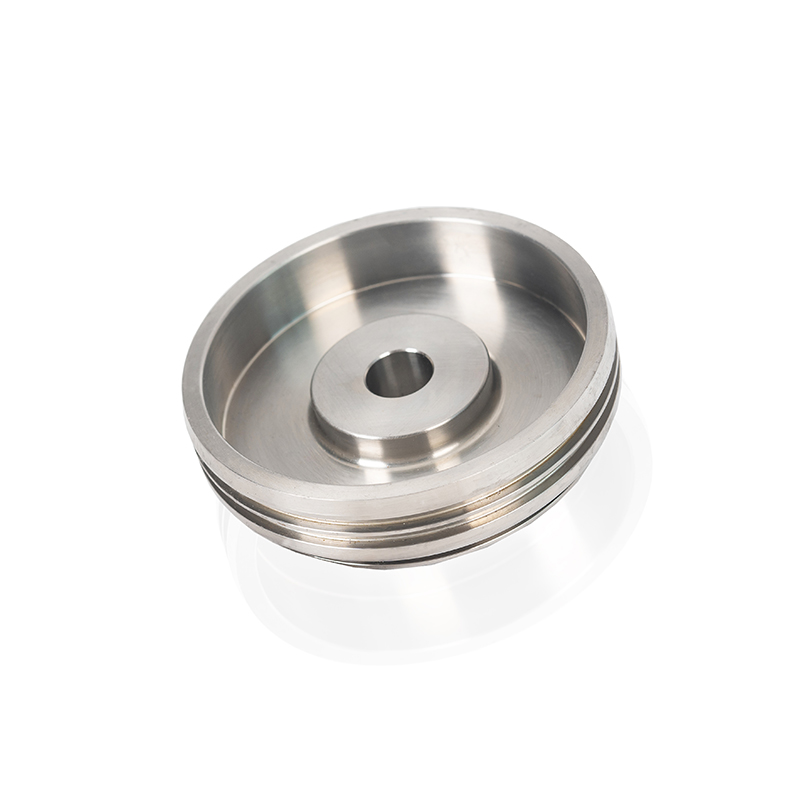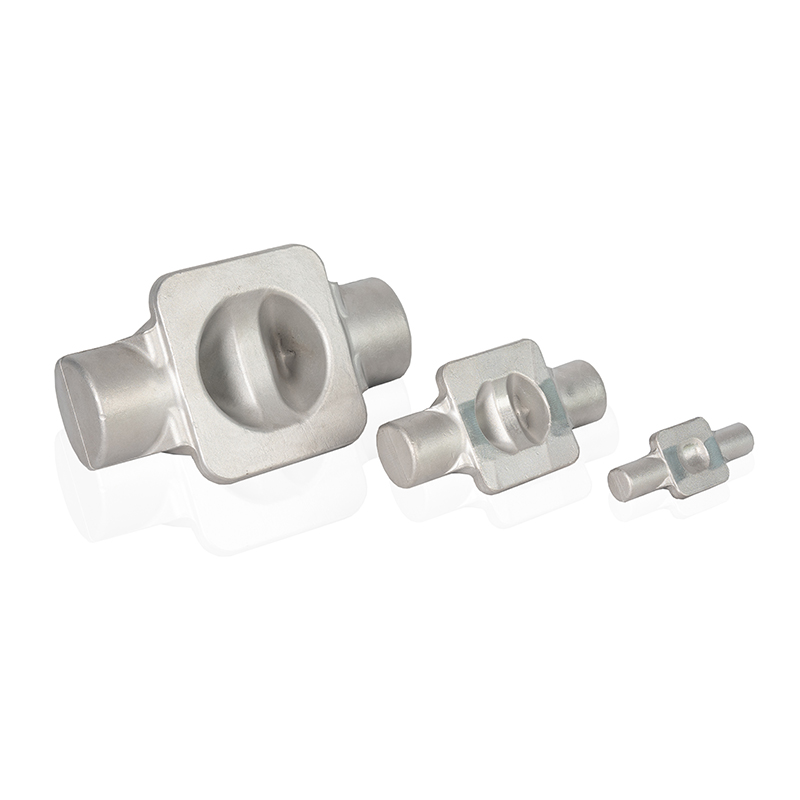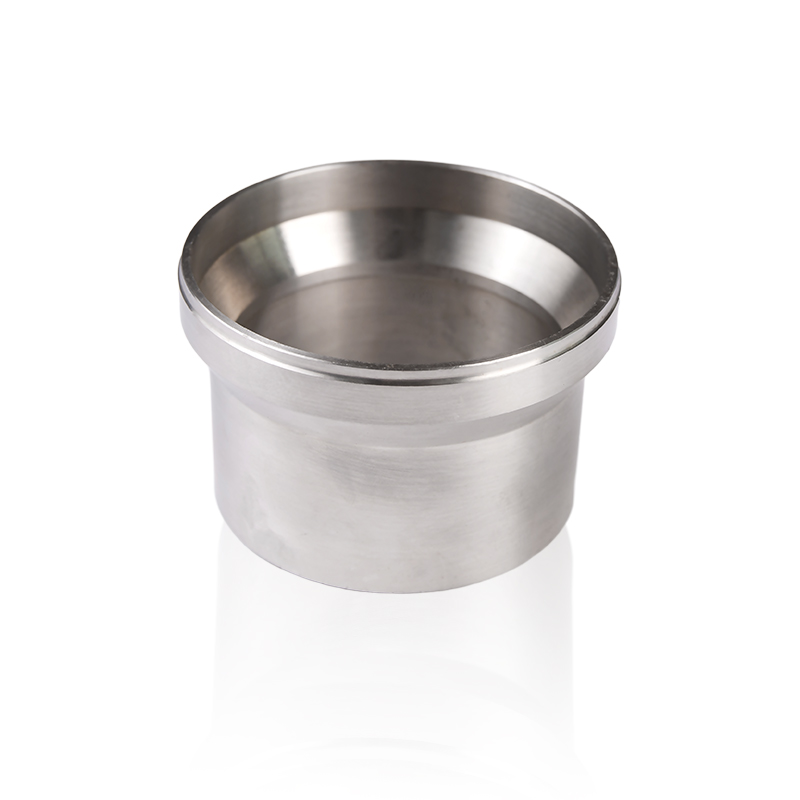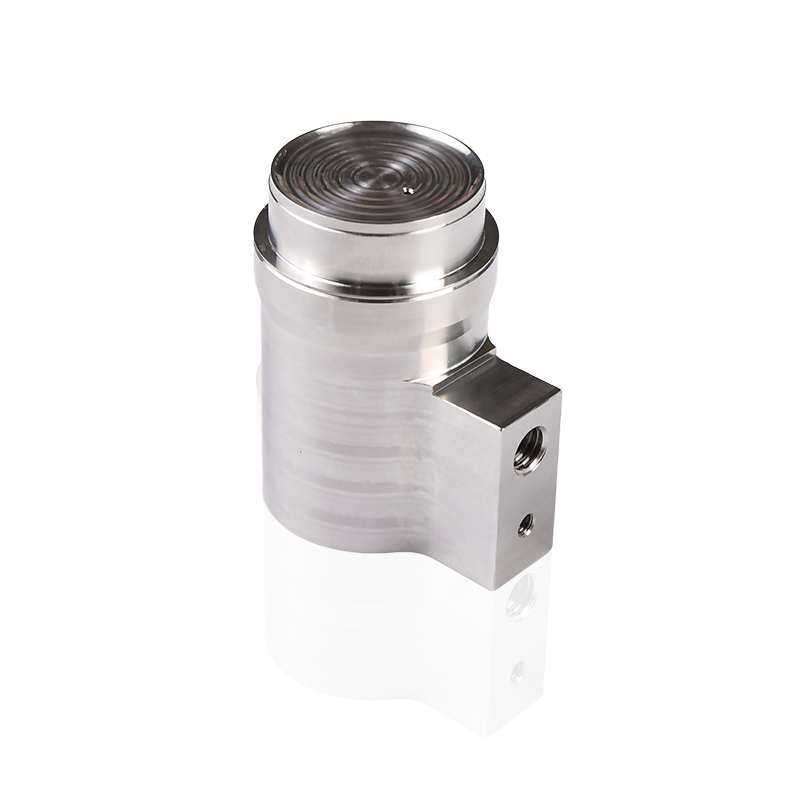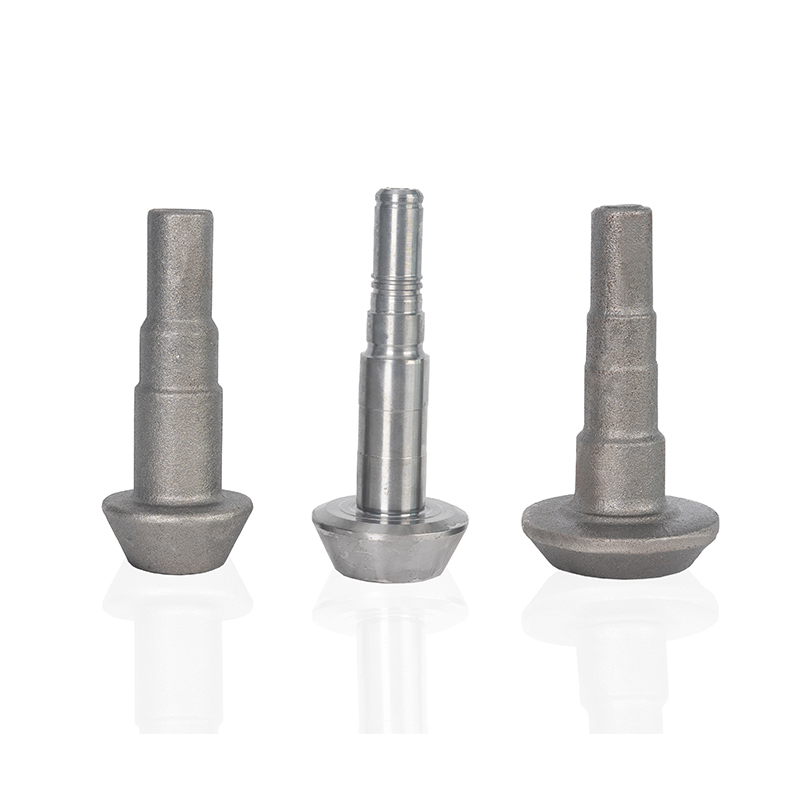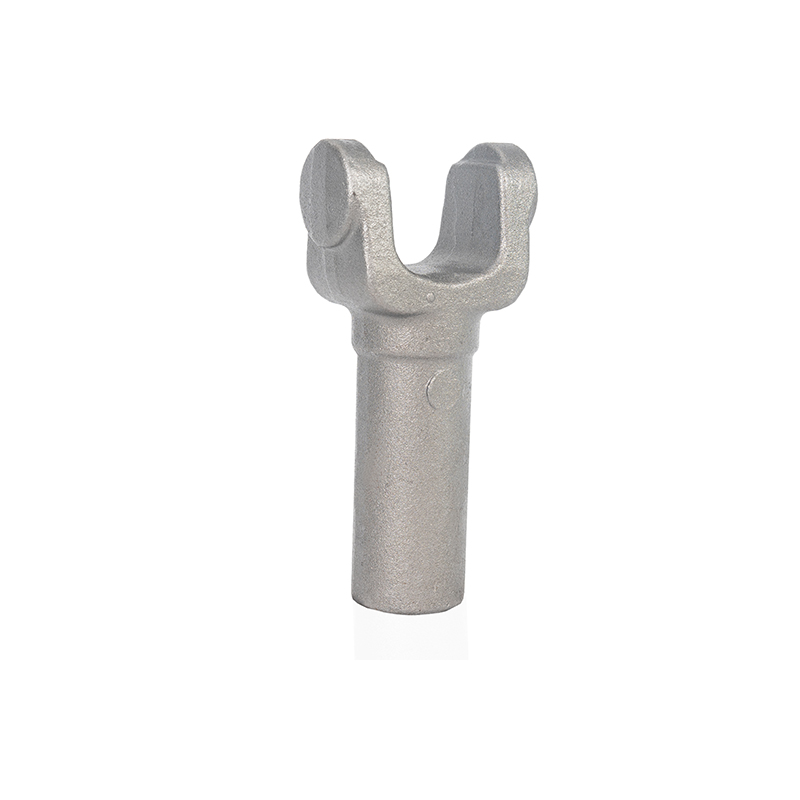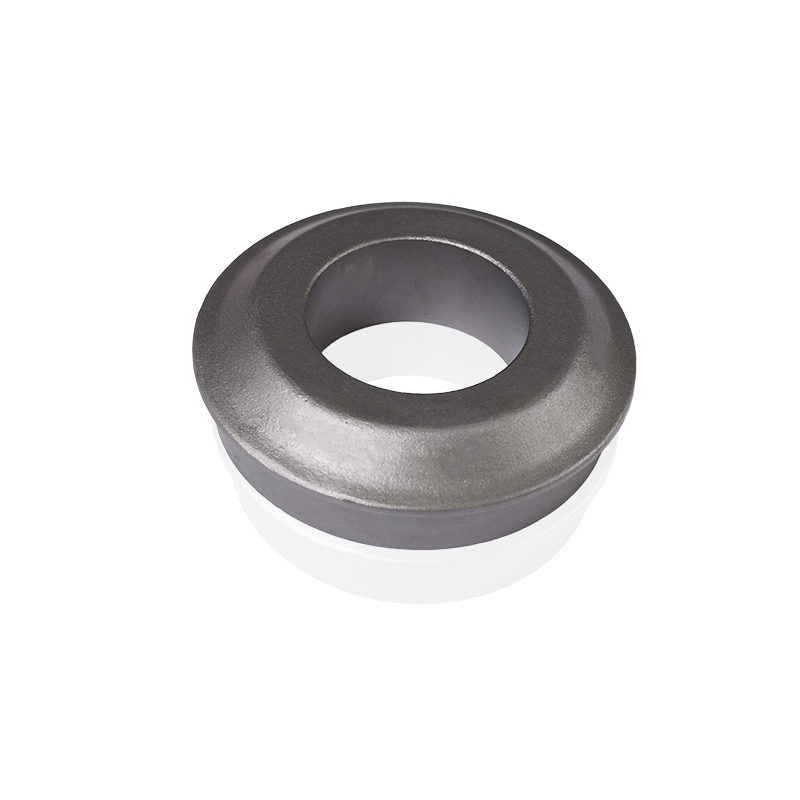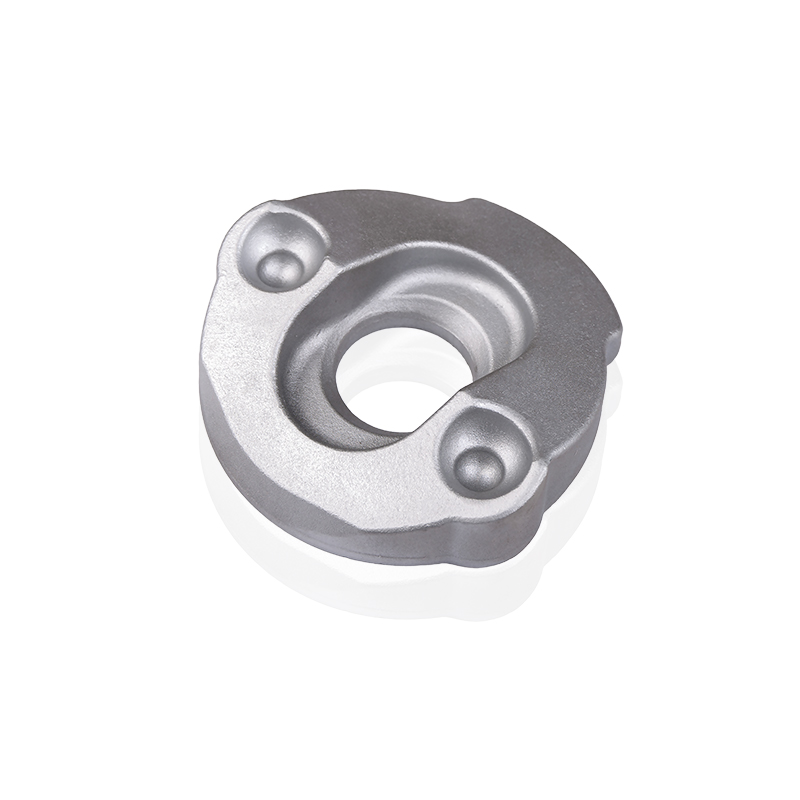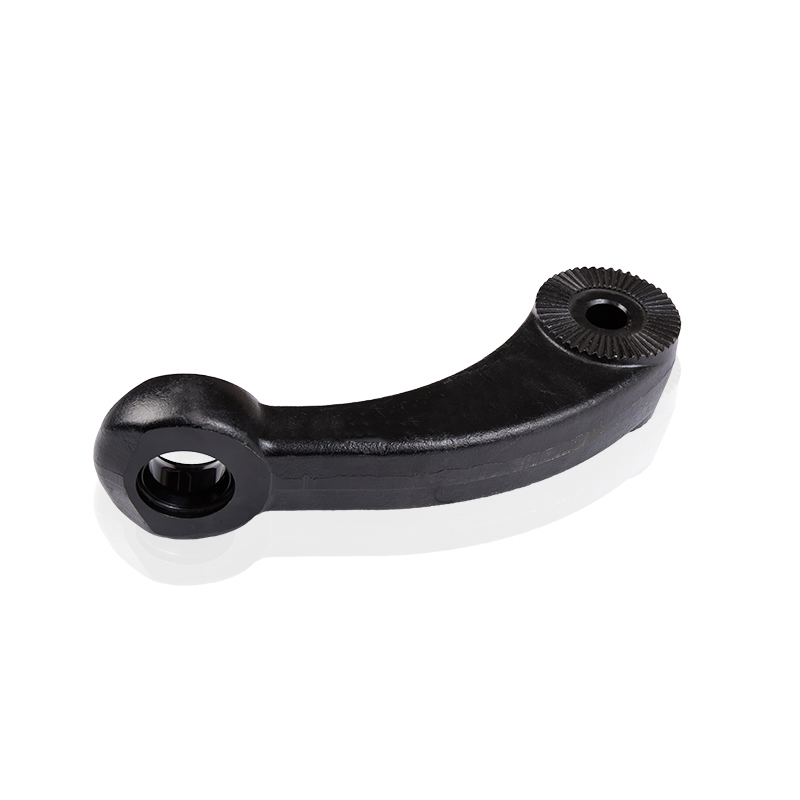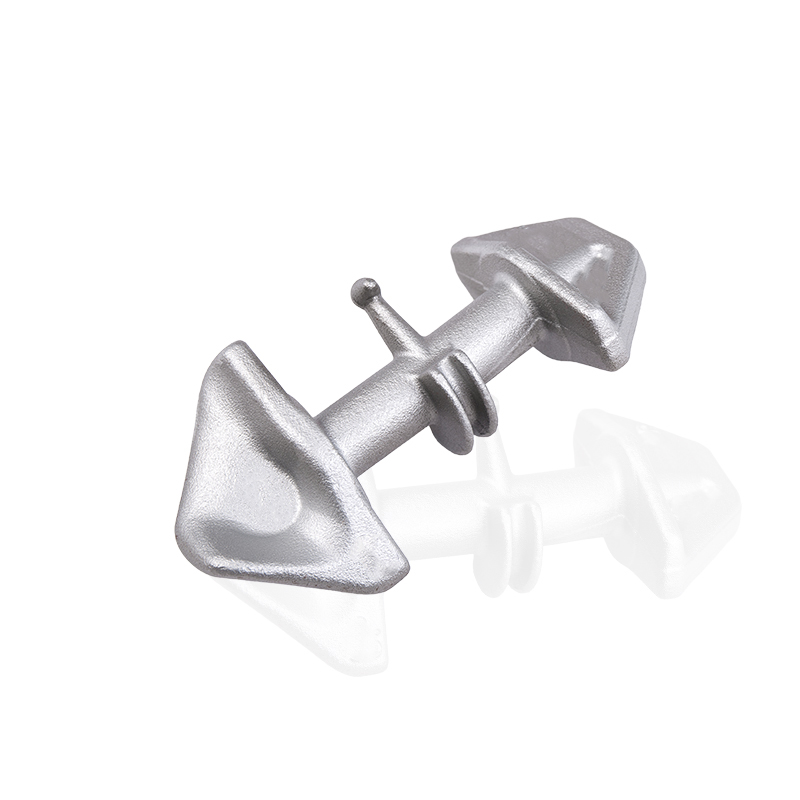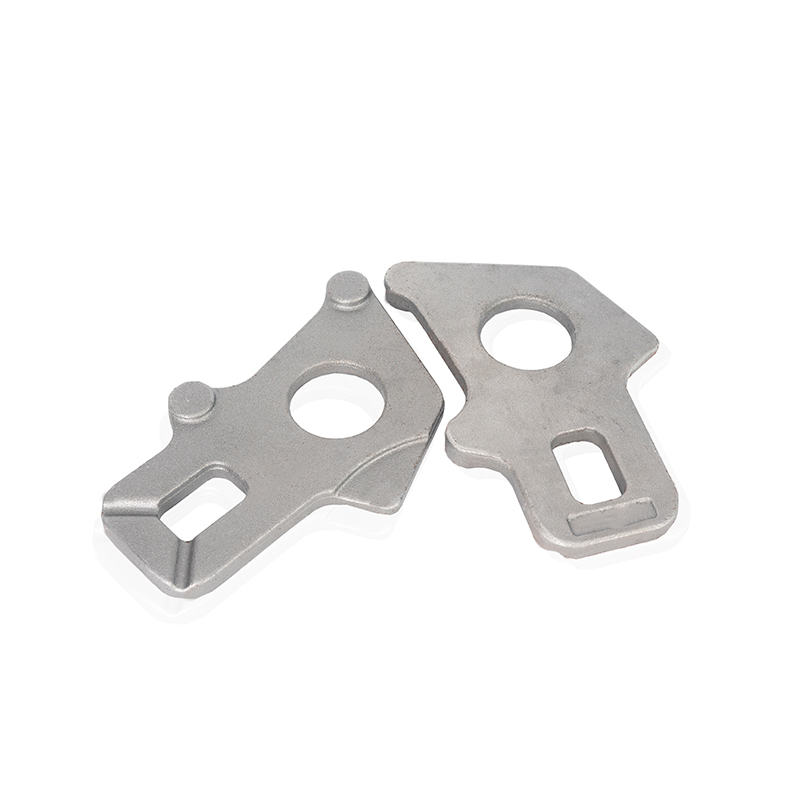How Intermediate Gear in Gearbox Adapts to Modern Transmission Technologies Like Manual, AMT, and CVT Systems
 2025.07.03
2025.07.03
 Industry news
Industry news
The intermediate gear in gearbox systems plays a crucial role in transmitting power efficiently across various types of automotive transmissions. As vehicle technology evolves, the demands placed on these gears have become increasingly complex, especially with the rise of manual, automated manual (AMT), and continuously variable transmissions (CVT). Each transmission type interacts with intermediate gears differently, requiring thoughtful engineering to maintain durability, performance, and smooth operation. This article explains how intermediate gears integrate into these modern systems, highlighting the engineering expertise behind their design and manufacturing.
In a traditional manual gearbox, the intermediate gear serves as a bridge between the input shaft connected to the engine and the output shaft leading to the wheels. It allows the driver to select different gear ratios, altering torque and speed to match driving conditions. The precision of the intermediate gear teeth and their alignment with other gears is vital to avoid gear clash and reduce wear. The manual transmission’s mechanical simplicity demands highly reliable intermediate gears that can endure repetitive engagement and disengagement under varying loads.
Automated manual transmissions introduce a new layer of complexity. AMTs automate clutch and gear shifts without a torque converter, blending manual transmission efficiency with some convenience of automatics. Here, the intermediate gear must handle more frequent and precise shifting cycles controlled by electronic actuators. This means the gear material and tooth geometry need to be optimized for both high strength and low friction. The gearbox manufacturer’s expertise in designing intermediate gears that withstand rapid engagement without noise or premature wear is a key competitive advantage.
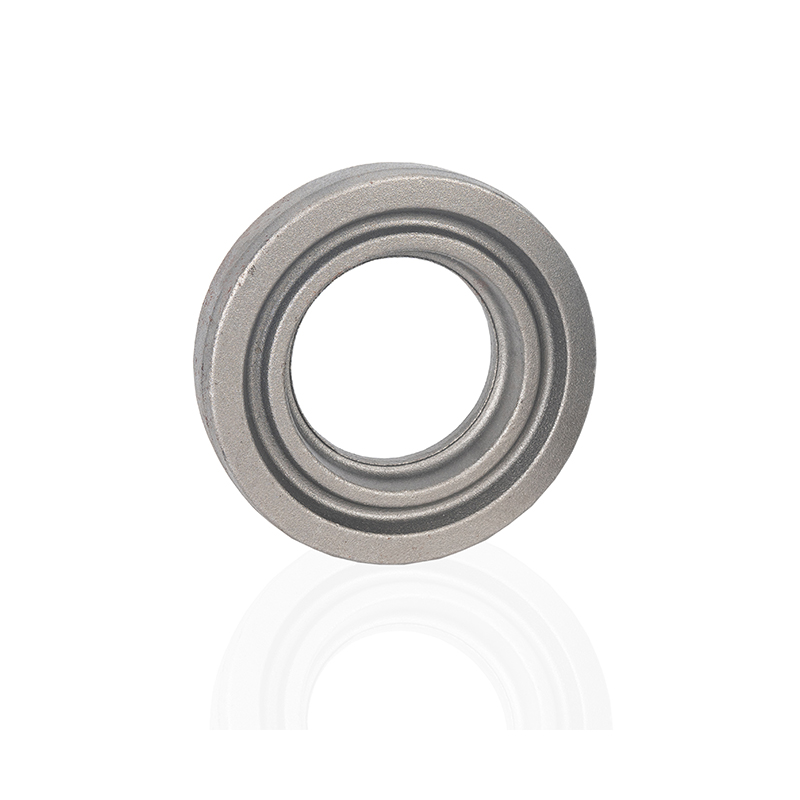
CVT systems, which provide seamless variation of gear ratios instead of fixed steps, rely less on traditional intermediate gears but still incorporate some for power transmission. The design challenges shift towards reducing friction losses and noise while ensuring continuous torque delivery. Intermediate gears used in CVT gearboxes often have specialized profiles and coatings to enhance surface durability under constantly changing loads. This adaptation highlights how intermediate gear design evolves to meet the demands of newer transmission technologies without sacrificing reliability.
Across these transmission types, the choice of materials and manufacturing methods for intermediate gears is critical. High-quality alloy steels combined with precision heat treatment improve hardness and resistance to fatigue, enabling longer service life. Sophisticated machining processes ensure tight tolerances in gear tooth profiles, essential for smooth meshing and noise reduction. As a manufacturer and supplier committed to excellence, we ensure that every intermediate gear in gearbox assemblies meets stringent standards to deliver consistent performance.
The integration of intermediate gears with sensors and control systems in automated transmissions further advances gearbox efficiency. Monitoring gear condition and engagement allows predictive maintenance and reduces unexpected downtime, providing customers with reliable solutions that maximize vehicle uptime. Such smart gearbox designs emphasize the growing intersection between mechanical components and electronic control, where intermediate gears remain central to power transmission.
Understanding these transmission differences helps potential buyers appreciate the technical value behind intermediate gear design and manufacturing. Whether upgrading existing vehicles or developing new models, choosing gear components engineered for specific transmission types can significantly impact drivetrain efficiency and vehicle lifespan. Our tailored intermediate gear solutions reflect years of industry experience, backed by rigorous testing and quality control to meet diverse application requirements.
The intermediate gear in gearbox systems has clearly evolved beyond a simple mechanical part to become a precision-engineered component essential for modern automotive transmissions. From manual to AMT and CVT, its design adapts to balance strength, durability, and smooth operation. This ensures that customers receive not just a product but a reliable performance partner tailored to the demands of contemporary powertrains.


